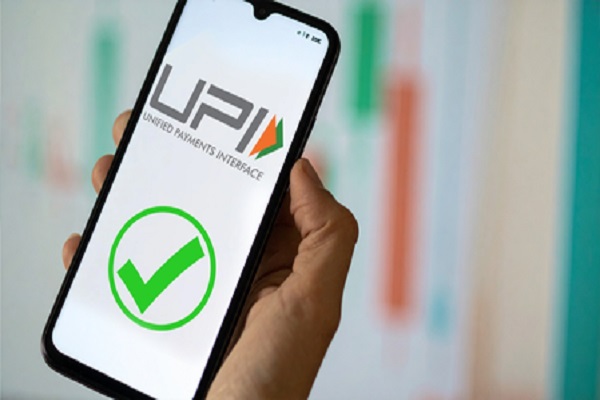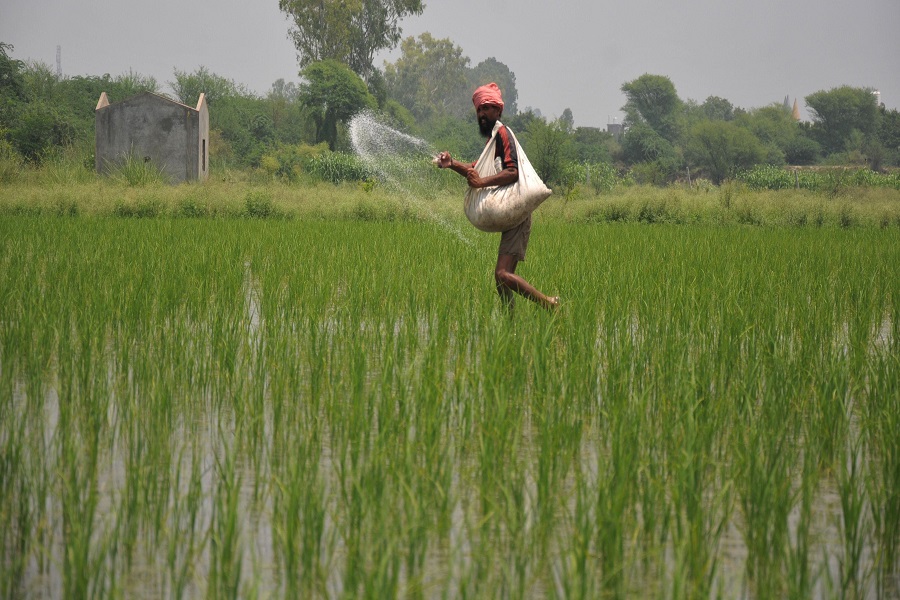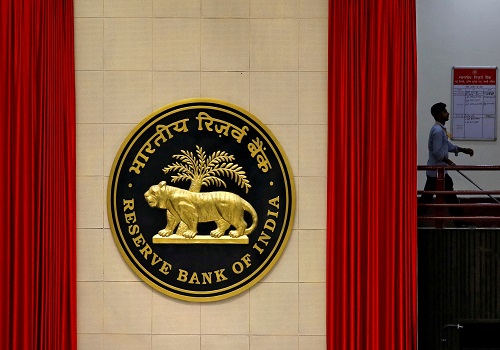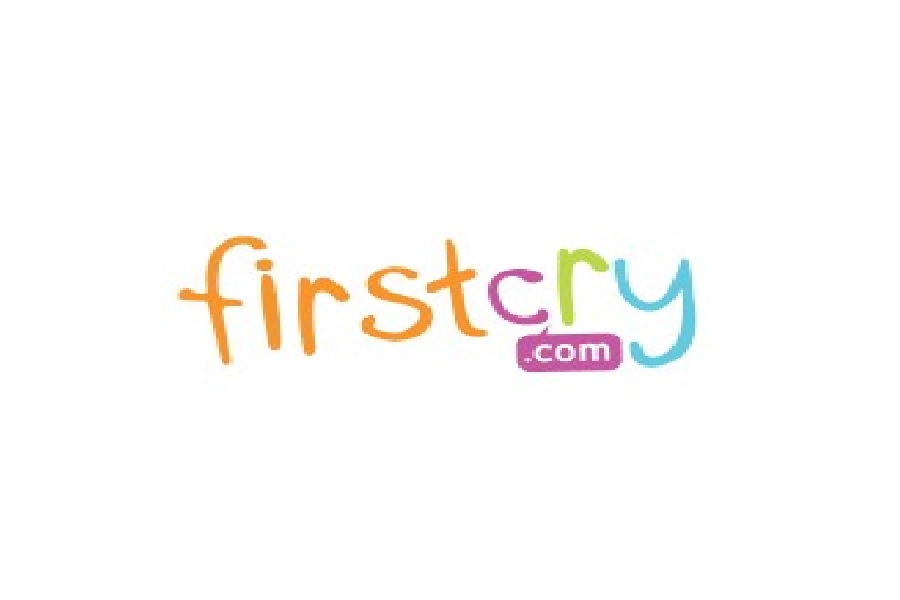Pharma Sector Update : Tariffs a fog of uncertainty by Kotak Institutional Equities

We await clarity on whether the 25% (plus penalty) tariff on India is also applicable to pharma. The confusion also stems from uncertainty around pharma’s inclusion in the recent US-EU trade deal (link). Even if the India pharma tariff question is answered, we expect uncertainty to persist around whether the anticipated pharma tariffs (post the Section 232 investigation) would add to the country-specific one, definition of pharma/pharma products and then eventually how much of the tariffs are passed on and rolled back. Assuming a 25% tariff on Indian pharma companies, baking in a nil passthrough, we estimate a 0-27% EPS impact on our generics coverage. Given their B2B nature, the impact on innovator CRDMOs will be relatively lower.
Assuming nil pass-through, we estimate a 0-27% EPS impact on generics
In Exhibits 1-5, we assess the impact of 25% tariffs on our pharma coverage, assuming various pass-through rates. It is pertinent to highlight that, in our EPS impact analysis, we have optimistically assumed that the tariffs apply to US COGS, thereby implicitly assuming that the US customers’ landing costs are similar to COGS. Typically, the transfer price at which the Indian entity supplies to its US subsidiary includes a mark-up, which is difficult to estimate. Hence, it is quite likely that the actual earnings impact is higher than our calculation. Companies with a US manufacturing footprint (Cipla, PPL) and flexible supply chains (see Exhibit 6) are relatively better positioned to navigate the tariff hit.
Varied impact across generic formulations, biosimilars, specialty, API, CRDMO
The highest EPS impact in our generics/biosimilars coverage is on BIOS, followed by ARBP (excluding the recent Lannett acquisition). Unlike generics, where US has a very high dependency on India, US is not as dependent on India for biosimilars, thereby making it difficult to pass on higher tariffs. Compared to US generics, SUNP’s specialty portfolio could be more impacted as existing elevated price points could make it challenging to pass on higher costs. On the other hand, limited substitutes for SUNP’s specialty products could prove to be a safeguard. For innovator-focused CRDMOs, we expect tariffs to be at least partially passed on to clients. On the flipside, higher planned US manufacturing by big pharma (see Exhibit 9), especially for APIs, could slightly curb outsourcing.
Our base case remains that high tariffs on generics are unlikely to sustain
We reiterate that high tariffs in pharma, particularly for generics, are unlikely to sustain as those will drive higher outlays for US patients and drug shortages. We would also need to monitor the impact of tariffs on R&D spends and global drug supply chains. In our view, supply risks could be partially mitigated if the US comes out with an incentive-based scheme, akin to the PLI scheme in India. If push comes to shove and the tariffs are not rolled back, companies would be forced to prune their US portfolio (exit in some cases) after exhausting other avenues like passing on the higher costs. We expect pharma distributors and payors to also bear the burden of tariffs. While it is a low-probability scenario, if pharma tariffs are applied to all countries, Indian companies could have an edge given their cost advantage and could very well be the last ones standing.
A 25% tariff can drive 0-27% EPS cuts for our generics coverage; transfer pricing to play a key role
In Exhibits 1-5, we assess the impact of 25% tariffs on our pharma coverage, assuming pass-through rates of 0/25/50/75%. It is pertinent to highlight that, in our EPS impact analysis, we have optimistically assumed that the tariffs apply to US COGS, thereby implicitly assuming that the US customers’ landing costs are similar to COGS. Typically, the transfer price at which the Indian entity supplies to its US subsidiary includes a mark-up, which is difficult to estimate. Hence, it is quite likely that the actual earnings impact is higher than our calculation. The highest EPS impact in our generics/biosimilars coverage is on BIOS, followed by ARBP (excluding the recently announced Lannett acquisition). Unlike generics, where US has a very high dependency on India, US is not as dependent on India for biosimilars, thereby making it difficult to pass on higher tariffs. Compared to US generics, SUNP’s specialty portfolio could be more impacted as existing elevated price points could make it challenging to pass on higher costs. On the other hand, limited substitutes for SUNP’s specialty products could prove to be a safeguard. For innovator-focused CRDMOs, we expect tariffs to be at least partially passed on to clients. Overall, companies with a US manufacturing footprint (Cipla, PPL) and flexible supply chains are relatively better positioned to navigate the tariff hit.
Above views are of the author and not of the website kindly read disclaimer










More News

Banking Sector Update : IBC - Corporate loans remain less worrisome by Kotak Institutional E...












